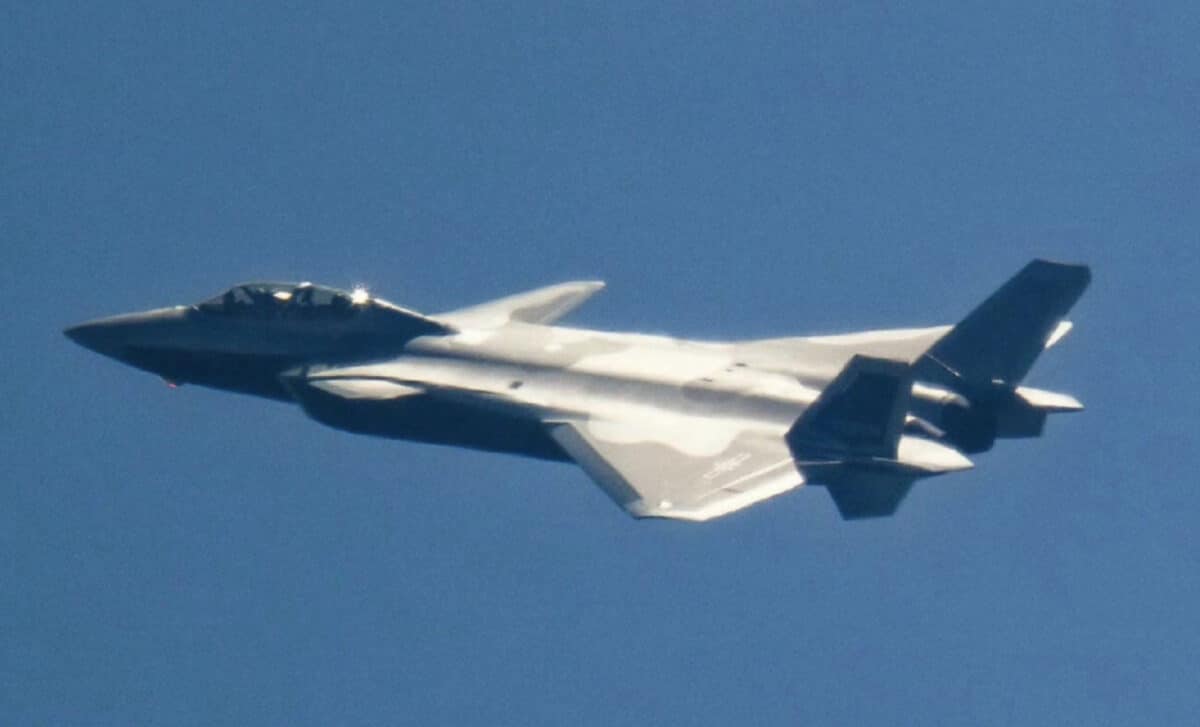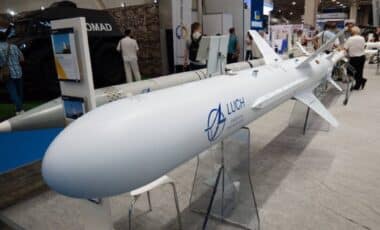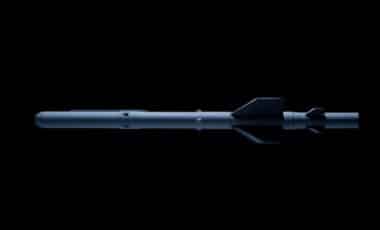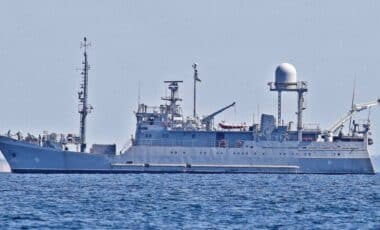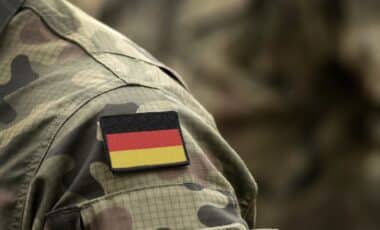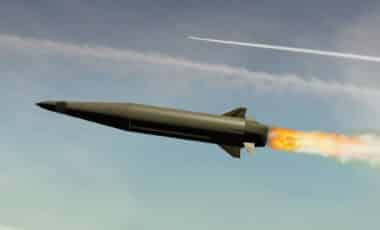China’s two-seat J-20 stealth fighter is nearing operational readiness, according to recent reports. The latest images and updates suggest that the aircraft is on the verge of joining the People’s Liberation Army Air Force (PLAAF) in active service. With its new paint scheme and advanced sensor systems, the J-20S is positioned as a critical asset for China’s growing air combat capabilities.
As the J-20S moves closer to entering service, its unveiling marks a significant milestone for China’s military aviation. The aircraft’s debut at the Zhuhai Airshow in 2024 demonstrated its potential, but the latest imagery confirms that it has undergone further refinements. This marks a crucial step in the evolution of the J-20 family, a key component of China’s air force modernization.
“I’ll Bomb Moscow” Unbelievable Threat from Trump to Putin
Design Changes and New Capabilities
The J-20S features several design changes compared to its single-seat counterparts. The most noticeable modification is the redesigned forward fuselage, which accommodates a second crew member. This allows for enhanced mission flexibility and operational support. According to sources, the addition of a second seat is believed to enable the aircraft to carry out specialized roles, such as coordinating loyal wingman drones, which are becoming increasingly important in modern air combat, reports TWZ.
In addition to the new seating arrangement, the J-20S is now equipped with an upgraded radar system. The nosecone has been reprofiled to house a radar similar to that of the J-20A, which may feature gallium nitride (GaN) semiconductors.
This new radar technology offers increased output power and reduced heat generation, a significant improvement over previous systems. Furthermore, the aircraft has been outfitted with an advanced electro-optical targeting system (EOTS), offering 360-degree coverage. This enhances its ability to detect and engage targets effectively.
Paint Scheme and Stealth Enhancements
The J-20S’s new dark-gray camouflage paint scheme is another notable feature. While the exact reasons for this change remain speculative, the new finish could enhance the aircraft’s low-observable characteristics, making it harder to detect by enemy radar. According to recent analysis, this may include the use of a radar-absorbent coating on the aircraft’s airframe, contributing to its stealth capabilities.
This development also highlights China’s commitment to refining its stealth technologies. The J-20 has long been a cornerstone of China’s stealth fighter program, and the latest changes further solidify its role in the PLAAF’s strategy. With its low-observable design and advanced systems, the J-20S is expected to play a critical role in China’s growing military aviation prowess.
The Role of the J-20S in PLAAF Operations
While the specific operational role of the J-20S remains a subject of debate, recent analysis suggests that it may serve as a command and control asset, particularly in managing drones. According to experts, the second crew member in the J-20S could oversee drone operations during missions, allowing the aircraft to act as a “mini airborne command and control platform.” This concept aligns with China’s broader strategy of integrating drones into its air combat capabilities.
The J-20S is expected to complement China’s existing fleet of stealth fighters, including the J-16D, a variant designed for electronic warfare. Additionally, the aircraft could support PLAAF drones, which are becoming increasingly central to modern military strategies.
As part of a broader trend in military aviation, the second crew member would enable the J-20S to control multiple loyal wingman drones, which could play a key role in penetrating enemy air defenses and supporting crewed aircraft during complex missions.

